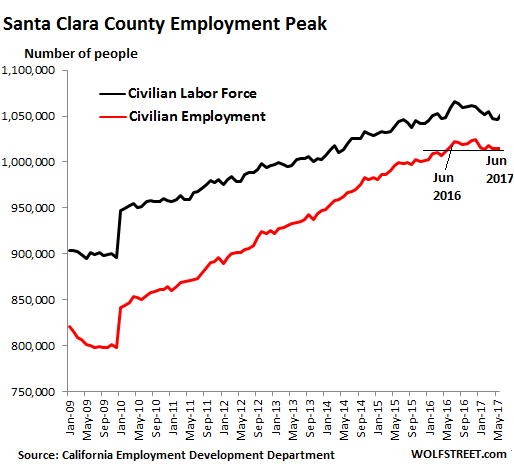Okay, let’s talk about this little project I did, trying to predict some stuff happening in Santa Clara. It wasn’t anything super complex, more of a weekend thing I got stuck into.

Getting the Idea
So, I live around the area, and you notice patterns, right? Like when certain roads get jammed or when that popular coffee shop is totally packed. I started wondering if I could make a simple guess, like a prediction, for some of these things. Just for fun, really. I decided to focus on something specific, maybe weekend crowd levels at a park near me in Santa Clara. Seemed simple enough.
First Steps: Finding Some Info
This turned out trickier than I thought. I wasn’t about to install sensors or anything crazy. I just wanted some basic info.
- I tried looking online for any public data, like park visitor counts. No luck, not easily accessible anyway.
- So, I went old school. For a few weekends, I just went there myself, around the same time, and made notes. Like, ‘super busy’, ‘kinda quiet’, ‘average’. Very scientific, I know.
- I also checked the weather history for those days. Figured sunshine probably made a difference.
Man, just gathering this basic stuff took time. It wasn’t like downloading a neat spreadsheet. It was messy notes and me trying to remember stuff accurately.
Trying to Predict
With my very ‘high-tech’ data, I needed a way to guess the next weekend. I didn’t use any fancy software at first. I literally just looked at my notes.
My first attempt was super basic: just average the past few weekends. If it was ‘busy’ two out of three times, I’d predict ‘busy’. That worked, like, sometimes? But it was pretty bad. If there was a holiday or some local event I didn’t know about, my guess was way off.

So, I added weather. Looked at the forecast for the next weekend. If it looked sunny and my past notes showed sunny days were busy, I adjusted my guess. That helped a bit. It made the predictions slightly better than just random guessing.
What I Learned (The Hard Way)
Predicting stuff, even simple local things, is harder than it looks. Getting good, clean information is the main challenge. My manual notes were okay to start, but not great for anything reliable.
I also realized that lots of little things can affect something like park crowds. Local school events? A nearby street fair? Road construction? My simple model didn’t account for any of that. It was just looking at past crowd feelings and basic weather.
In the end, did I create some amazing Santa Clara prediction tool? Nope. Not even close. It was more like a slightly educated guessing system based on my own legwork. But it was interesting to go through the process, from having the idea, to hitting the wall trying to get info, to trying simple ways to make sense of it. It really shows you the difference between having an idea and actually making it work, even on a small scale. It was a good reminder to keep things simple and manage expectations, especially when you’re just tinkering on your own.













